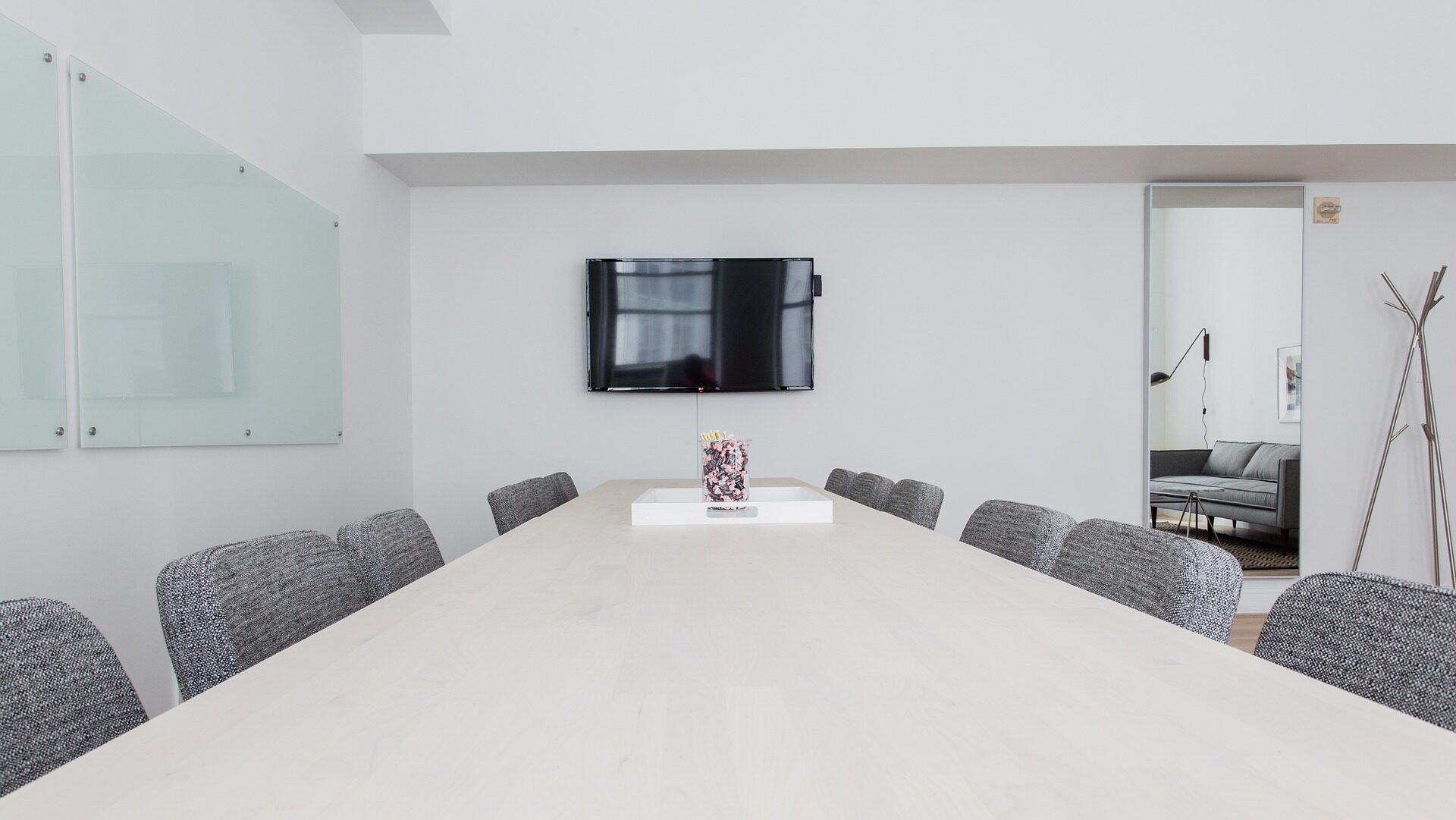It’s Groundhog Day: Are You Doing the Same Things Over and Over Again?
That’s fine if you’re getting the results you want. Then keep doing what you’re doing.
If, on the other hand, you’re stuck in a frustrating time loop like the weatherman played by Bill Murray in the 1993 classic, Groundhog Day, it’s time to make some changes. Hopefully, it won’t take the same extreme measures Murray’s character experienced to get you to re-think your priorities and behaviors.
To achieve new levels of effectiveness as a leader, you need to enact new habits and behaviors. Whether Punxsutawney Phil sees his shadow today, you can get unstuck and move faster and further toward your goals. Even if there are six more weeks of winter (can you tell I’m from Minnesota?).
Consider these three new approaches to your work day:
- Kill the open door policy
- Consolidate email and social media time
- Engage in Deep Work
Kill the open door policy
Let’s face it, your office is often the place you get the least work done. An open door policy is well meaning and conveys a positive message: I’m available. But there are unintended consequences of being perpetually available: a steady stream of interruptions and distractions.
Reclaim control of your office time by killing the open door policy. That doesn’t mean permanently withdrawing from your team. After all, a big part of leadership is getting things done through others. Your team still needs access to you. But it doesn’t have to be unlimited.
Use your door as a tool to communicate your availability in the office. Here’s an approach I found effective at various stages of my career:
Door completely open: feel free to come in, I’m available.
Door nearly closed but not latched: don’t come in unless it’s something that can’t wait until later in the day.
Door closed and latched: don’t come in unless the building is on fire.
If you don’t have a private office or work in a cubicle, find another cue that conveys the same message. Give yourself enough uninterrupted time for higher-order thinking, problem-solving, and planning activities.
Consolidate email and social media time
When it first became available, email was hailed as a huge time saver in the workplace. Now, studies on the time-wasting effects of email abound. Depending on the study, the average worker spends between 20 and 75 percent of his or her day checking, reading, drafting, and sending emails.
Look online and you’ll find countless suggestions to tame the email tiger. Unsubscribe from email newsletters you never read (or don’t subscribe in the first place). Use filters and folders to file emails that contain important information but don’t require a response.
Don’t get trapped in a long email chain to debate a decision that needs to be made. And don’t use email when a simple phone call would do. Both are among my pet peeves, especially for internal communication.
At a minimum, stop checking your email all day long. Are you like the average employee in one survey, who checks his or her email 36 times an hour? (Okay, I realize some roles are email heavy by necessity, i.e., customer service representatives, but that’s the exception.)
Consolidate the time you spend on email and its potentially black hole twin, social media. Schedule two or three blocks in your day for these purposes. Close your email window the rest of the day. Change your email server to pull your messages when you want them and hold them back at other times. Or use a service like Inbox Pause.
Stop being reactive to email and social media and your productivity will soar.
Engage in Deep Work
Deep Work is capitalized here because it’s the title of a great book by Cal Newport. The subtitle, Rules for Focused Success in a Distracted World, reveals why every leader should read it. Although many leaders pride themselves on being multi-taskers, Newport suggests multi-tasking is a misnomer. We are simply switching between tasks in a distracted state, which drains focus and productivity.
Newport suggests “Deep Work” as the antidote, a focused approach to cognitively demanding tasks that produces powerful results in less time. He introduces Wharton professor Adam Grant as an example. Grant sets aside extended time periods where he can concentrate without interruption to accomplish his most important work. At times, these deep work periods last three or four days.
Turning off my smartphone, closing my internet browser, and shutting the door for 3 to 4-hour blocks of deep work have proven to be extremely productive. So has Newport’s suggestion to schedule these time blocks on my calendar, as I would my most important meetings.
Pick one
Try all three of these strategies but choose at least one to build into your regular routine. Make it a habit over the next six weeks and watch, you’ll be more productive when spring finally arrives!
What can you do to become more productive? Let’s talk about forming new habits to regain time, focus, and energy. Contact me via email or schedule a complimentary strategy session on my online calendar.
Photo copyright: <a href=’http://www.123rf.com/profile_izanbar’>izanbar / 123RF Stock Photo</a>









